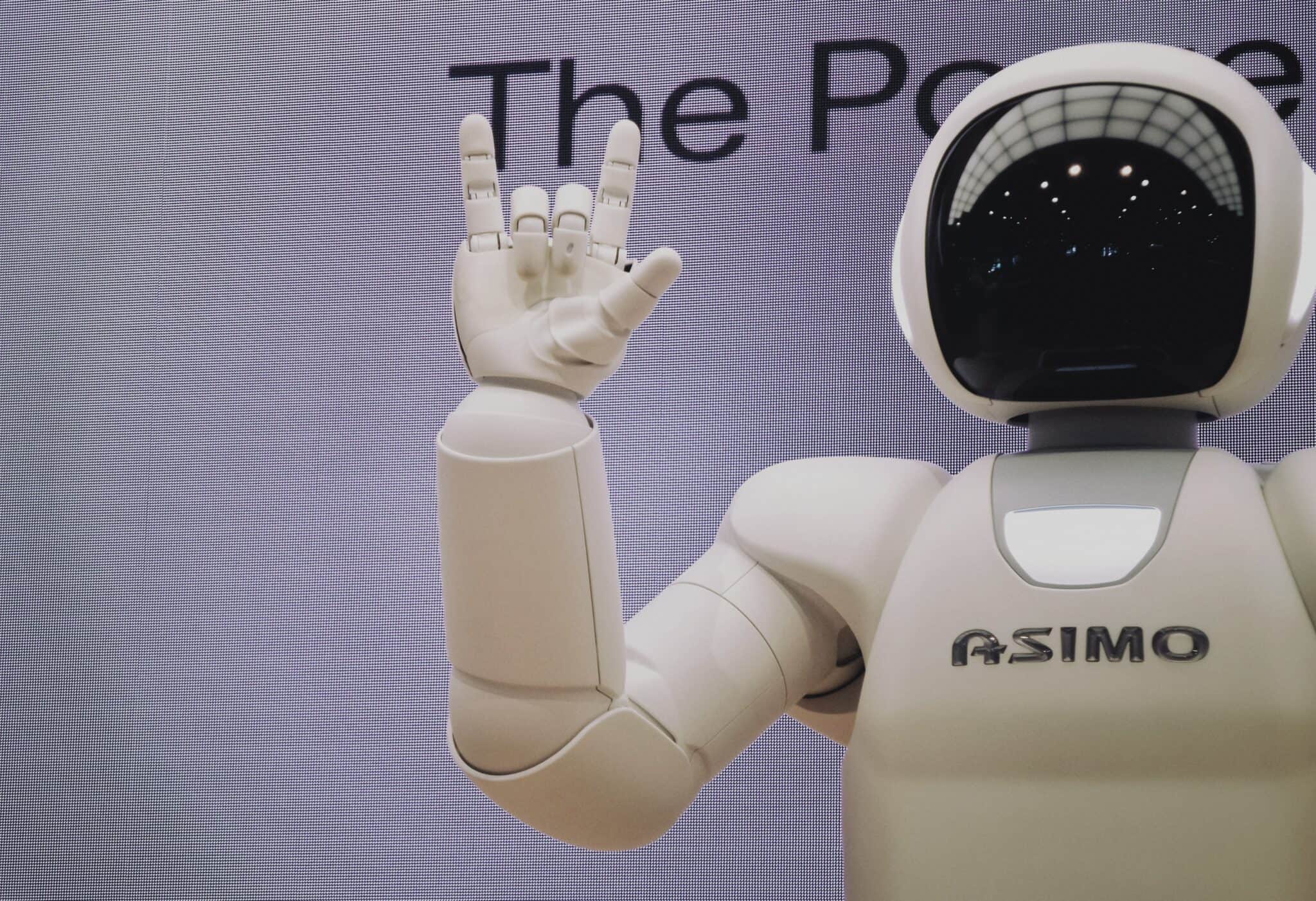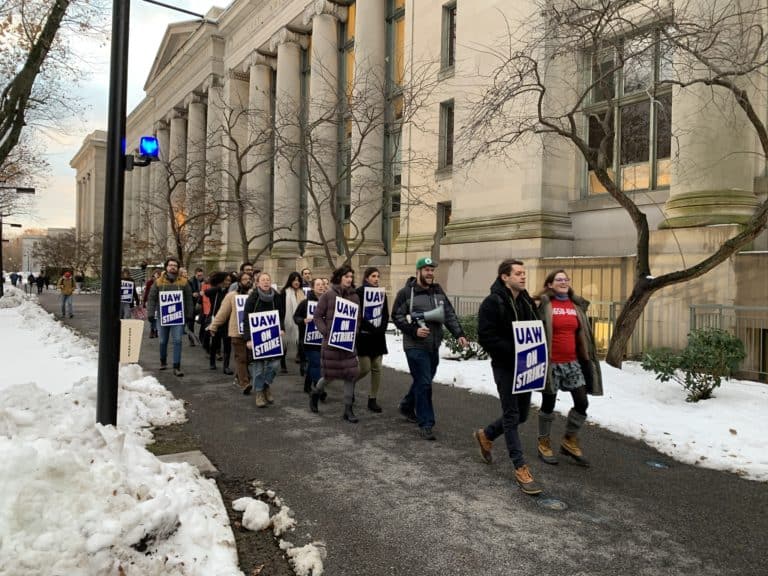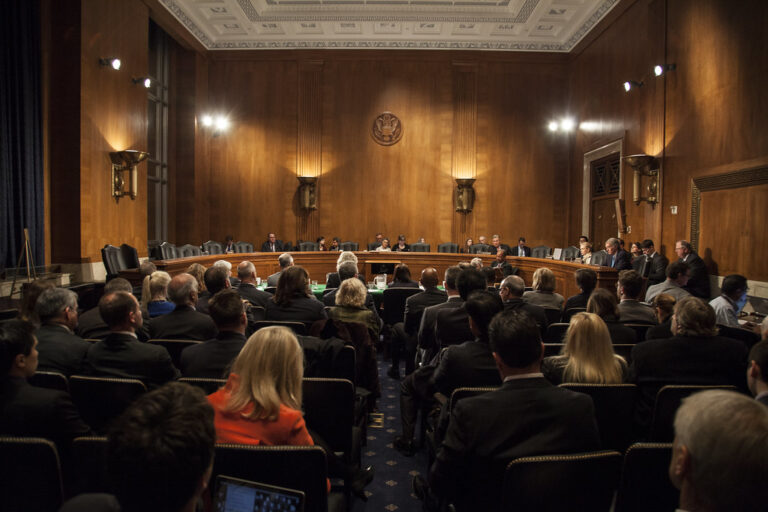
Fred Wang is a student at Harvard Law School.
In today’s news & commentary, employers resort to robots in response to labor shortages, Starbucks workers speak out against company’s customer-ratings system, and farmers adjust as the population of unauthorized immigrants in the U.S. declines.
Employers struggling to hire workers are turning to robots, the Wall Street Journal reports. Long a global laggard in the use of industrial robots, U.S. manufacturers are beginning to embrace robotics in light of current economic conditions. Orders for workplace robots in the U.S. jumped by a record 40% in the first quarter of 2022 (relative to the first quarter of 2021), according to trade group–reported data. Executives cited “rising wages” and “worker shortages” as the main drivers for this jump. There is a concern, however, that the shift to automation will lead to an “oversupply of human labor,” which will in turn drive down wages unless other sectors of the economy can “absorb displaced manufacturing workers.”
Starbucks workers are speaking out against the company’s crowd-sourced customer-ratings system, NBC News reports. Under this system, Starbucks customers rate workers based on a customer “connection” score. Scores are calculated based on responses asking consumers to rate statements such as: “The employees made an effort to get to know me.” Employees told NBC News that this approach has stretched workers too thin and made them feel “powerless.” In order to boost their stores’ connection scores, managers have pushed employees to draw on cups, make conversation with customers, and recognize regulars. But these demands have run up against other priorities, such as the requirement that workers make and serve drinks quickly. Employees posting on the Starbucks subreddit have expressed similar frustrations. And because employees lack control over their connection scores — given how arbitrary customer ratings can be — some have noted that this aspect of their work has made unionization more appealing.
Farm work in the United States — long performed predominantly by unauthorized immigrants — is changing, the New York Times describes. As the flow of young unauthorized immigrants from Mexico has slowed, farmers are turning to alternatives, such as workers on temporary guest-worker visas, automation, and less labor-intensive crops. Each comes with its own limitations and costs. Before, farmers were reluctant to hire workers with H-2A visas. Under the H-2A program, they would have to provide farmworkers with housing, transportation, and even meals. It was much cheaper to rely on the labor of immigrants who had crossed the border illegally. Now, they — and other employers that have traditionally relied on and taken advantage of this supply of cheap labor — will have to change their ways.






Daily News & Commentary
Start your day with our roundup of the latest labor developments. See all
November 25
In today’s news and commentary, OSHA fines Taylor Foods, Santa Fe raises their living wage, and a date is set for a Senate committee to consider Trump’s NLRB nominee. OSHA has issued an approximately $1.1 million dollar fine to Taylor Farms New Jersey, a subsidiary of Taylor Fresh Foods, after identifying repeated and serious safety […]
November 24
Labor leaders criticize tariffs; White House cancels jobs report; and student organizers launch chaperone program for noncitizens.
November 23
Workers at the Southeastern Pennsylvania Transportation Authority vote to authorize a strike; Washington State legislators consider a bill empowering public employees to bargain over workplace AI implementation; and University of California workers engage in a two-day strike.
November 21
The “Big Three” record labels make a deal with an AI music streaming startup; 30 stores join the now week-old Starbucks Workers United strike; and the Mine Safety and Health Administration draws scrutiny over a recent worker death.
November 20
Law professors file brief in Slaughter; New York appeals court hears arguments about blog post firing; Senate committee delays consideration of NLRB nominee.
November 19
A federal judge blocks the Trump administration’s efforts to cancel the collective bargaining rights of workers at the U.S. Agency for Global Media; Representative Jared Golden secures 218 signatures for a bill that would repeal a Trump administration executive order stripping federal workers of their collective bargaining rights; and Dallas residents sue the City of Dallas in hopes of declaring hundreds of ordinances that ban bias against LGBTQ+ individuals void.